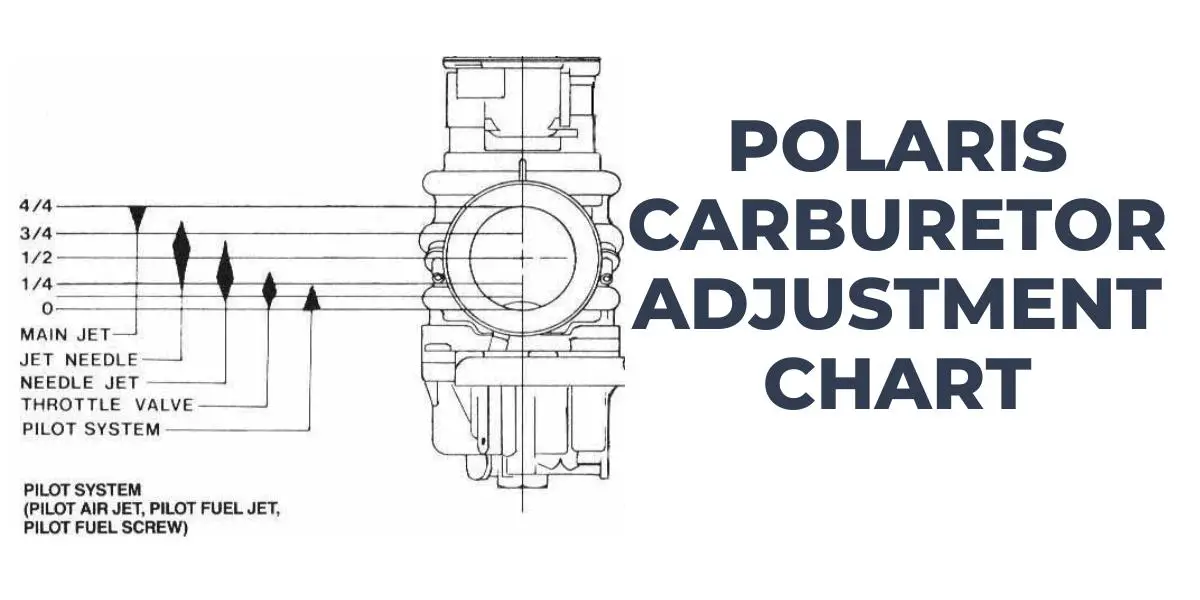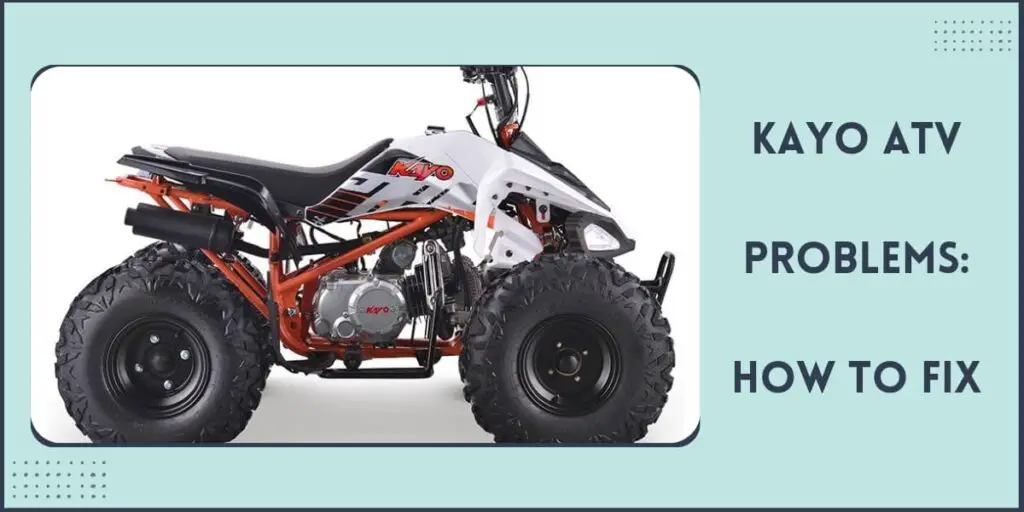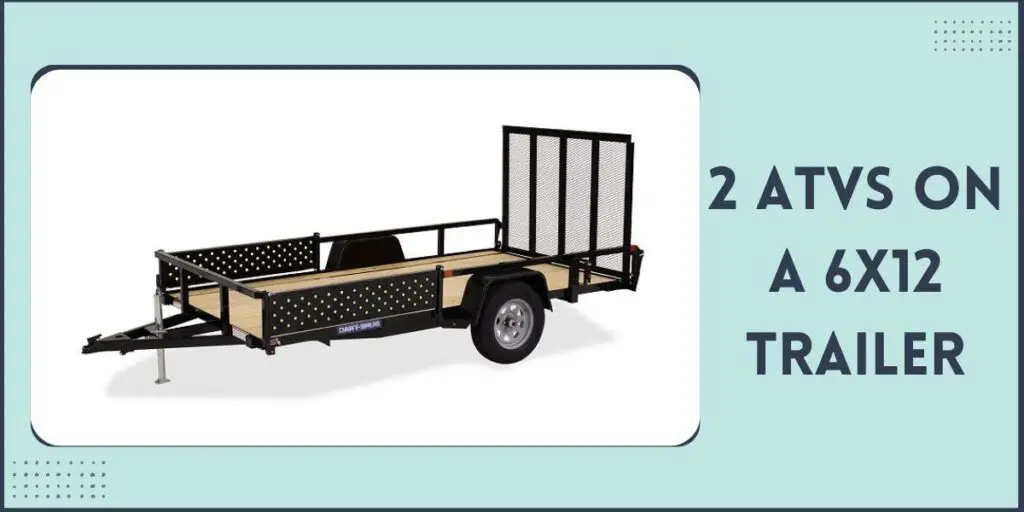You know, I’ve spent countless hours under the hood, tinkering, tuning, and sometimes swearing at my Polaris carburetor.
I’ve battled with the adjustments, and trust me, the carb can be a bit of a diva! But don’t worry, we’ve got you covered.
Today, I’m sharing with you my hard-earned Polaris Carburetor Adjustment Chart—a lifesaver for any DIYer.
Polaris Carburetor Adjustment Chart
This is the Polaris Carburetor Adjustment Chart:
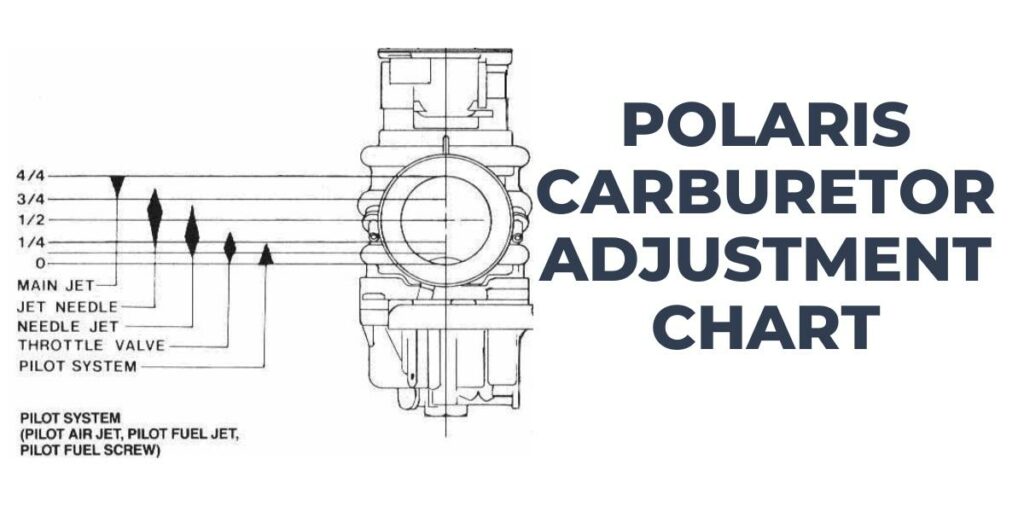
The Polaris Phoenix 200 is a popular all terrain vehicle known for its impressive top speed. If you’re interested in learning more about its top speed and other specifications, check my post on Polaris Phoenix 200 Top Speed.
Best Polaris Carburetor Adjustment Tool
This is the Best Polaris Carburetor Adjustment Tool:
- Practical: Flexible Shaft Screwdriver with 4 Hex Bit Double D Sockets for GM and Chrysler Vehicles when you need to perform a carb rebuild and engine tuning
- Versatile: For most GM vehicles and 1.7 to 2.2L Chrysler 1978 to present
- Flexible: 11.5" flexible shaft
- Convenient: Tips store in handle or plastic boot
- Contents: Package includes (1) ABN Carburetor Adjustment Flexible Shaft Screwdriver Tool and (4) socket tips (4.5mm and 1/4"; Hex Double D 3/32” hex bit with 4.5mm and 1/4” sockets)
Polaris Carburetor Diagram
This is the Polaris carburetor diagram:
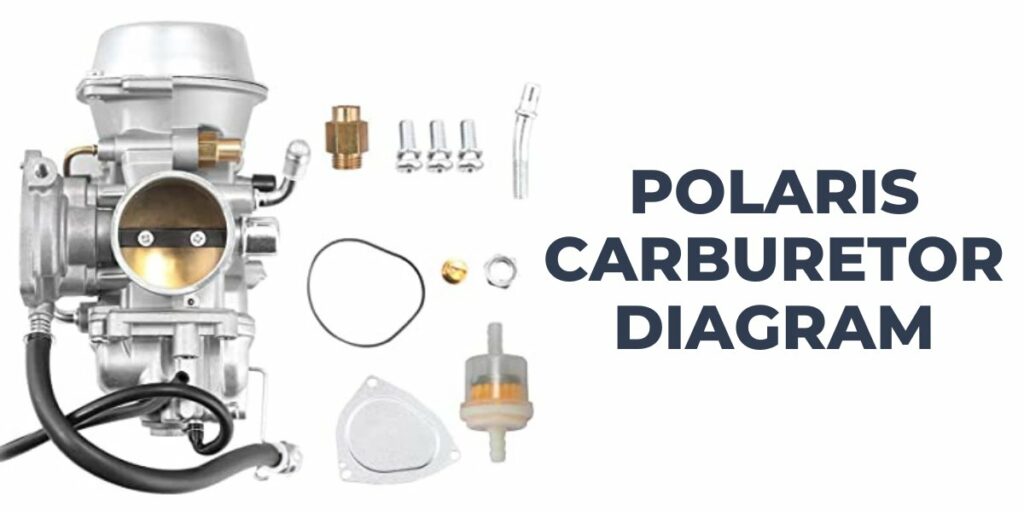
How to Adjust a Polaris Carburetor
Follow these steps to adjust a Polaris carburetor:
- Make sure your vehicle’s engine is off, and it has cooled down.
- Locate the carburetor. It’s typically located on the right side of the engine, near the air filter.
- Remove the air filter. This will give you access to the carburetor.
- Locate the idle screw on the carburetor. It’s usually a small screw on the side of the carburetor.
- Turn the idle screw clockwise until it’s lightly seated. This will prevent the screw from falling out while you’re working.
- Start the engine and let it warm up for a few minutes.
- Turn the idle screw counterclockwise until the engine runs smoothly. You’ll know the engine is running smoothly when it sounds steady and doesn’t stall.
- If the engine runs too fast, turn the idle screw clockwise to slow it down. If the engine runs too slow or stalls, turn the screw counterclockwise to speed it up.
- Once you’ve found the right idle speed, turn off the engine and reattach the air filter.
- Test the vehicle by riding it around for a few minutes. If the engine stalls or runs roughly, adjust the idle screw again until it runs smoothly.
- After adjusting the idle screw, you may need to adjust the air/fuel mixture screw. This screw is typically located on the bottom of the carburetor, near the engine.
- Start the engine and let it warm up for a few minutes.
- Turn the air/fuel mixture screw clockwise until the engine starts to run rough.
- Turn the screw counterclockwise until the engine runs smoothly again.
- Test the vehicle by riding it around for a few minutes. If the engine stalls or runs roughly, adjust the air/fuel mixture screw again until it runs smoothly.
- Once you’re finished adjusting the carburetor, turn off the engine and reattach the air filter.
- Finally, clean up any tools or debris you used during the adjustment process, and you’re done!
For a detailed visual reference of your Club car carburetor, you can check out my post on Club Car Carburetor Diagram.
FAQs on Polaris Carburetor Adjustment Chart
These are the most frequently asked questions on Polaris Carburetor Adjustment Chart:
What are the symptoms of a poorly adjusted carburetor?
Some common signs include hard starts, high idle, low idle, backfiring, and poor throttle response.
How often should I adjust my Polaris carburetor?
Unless you’re noticing performance issues, carburetor adjustments typically coincide with tune-ups. However, if you often ride in significantly changing altitudes, more frequent adjustments might be necessary.
What tools do I need to adjust my carburetor?
You’ll need a screwdriver and a carburetor adjusting tool kit to adjust your carburetor.
What should I do if my vehicle still doesn’t run properly after adjustment?
If you’ve tried adjusting your carburetor and you’re still having issues, it might be a different problem altogether. It would be best to have a professional mechanic diagnose the issue.
Can I harm my engine by incorrectly adjusting the carburetor?
Yes, if the fuel-air mixture is too lean, it can lead to overheating and potential engine damage. Conversely, a mixture that is too rich can lead to poor fuel efficiency and carbon deposit buildup. That’s why it’s important to adjust the carburetor carefully.
How do I know when the carburetor adjustment is ‘just right’?
The goal of adjusting your carburetor is to achieve a smooth, stable idle and responsive throttle. If your vehicle starts easily, idles smoothly, and responds well when you hit the gas, your carburetor is likely well-adjusted.
Conclusion
The Polaris Carburetor Adjustment Chart is a valuable tool for anyone working with Polaris vehicles. With its user friendly design and comprehensive instructions, it simplifies the process of fine tuning carburetor settings.
So, Whether you’re a seasoned mechanic or a DIY enthusiast, this chart provides the necessary information to optimize your engine’s performance. By following the guidelines and making small adjustments, you can achieve smoother idling, improved fuel efficiency, and enhanced overall operation. So, next time you’re tinkering under the hood, don’t forget to consult the Polaris Carburetor Adjustment Chart for a smoother ride and better performance.
